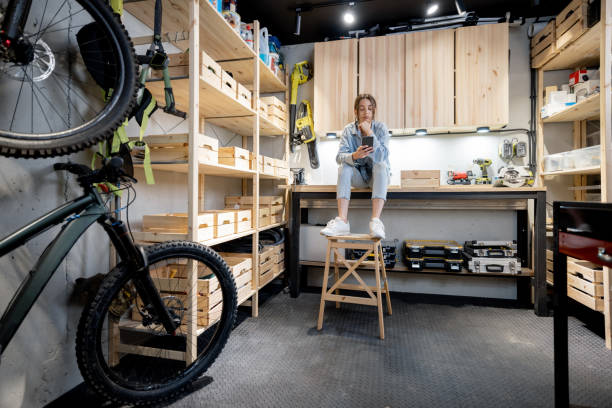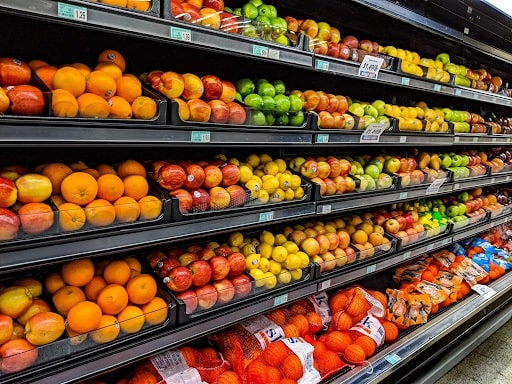Strategic Shelf Management: Unleashing the Marketing Potential of In-Store Product Placement
Marketing covers various areas – traditional marketing, advertising, email marketing, social media marketing, and more. One of the most common marketing strategies is shelf management. Shelf management includes strategically placing products in the store so that more people will likely buy them.
Creating a shelf management strategy isn’t that easy. However, you can attract more customers to buy your products in-store with a few tips.
This article will cover in-store product placement and how to use it to increase sales.
What Is Shelf Management?
Shelf management is the process of strategically placing products on store shelves to increase sales. Customers who see your product in-store are more likely to buy it. Through shelf management, you ensure that this happens.
However, shelf management can be challenging. Getting a store to carry your products is just the first step. Afterward, you work towards getting that premium shelf space.
A shelf management strategy also involves arranging items to maximize visibility and boost brand recognition. This could include strategic placement within the store, eye-catching displays, or discounts on certain items.

How Does In-Store Product Placement Work?
In-store product placement is important because it can increase sales and drive brand recognition. This involves carefully planning and positioning products around the store, including end caps, side walls, and checkout displays.
When done correctly, in-store product placement can lead to increased sales. It does this by:
1. Making your product stand out
When your product is strategically placed on the store shelves, it’s more likely to stand out among other products. A strategic shelf management system draws attention to your brand. This increases the chance of customers noticing and buying your product.
2. Creating a sense of urgency
Placing products in certain places, like near the checkout lane, provides a sense of urgency. Since your product is in a prominent location, you can create a sense of urgency and encourage customers to buy.
3. Providing convenience
Strategic placement of products can also make the shopping experience more convenient for customers. This could include placing items in places where customers are likely to look or placing items near complementary products.
Tips on Improving Your In-Store Product Placement
Now that you know the importance of in-store product placement and how it works, let’s look at improving your placement.
When it comes to product placement, always remember that eye level is buy level. Most, if not all, marketers strive to get their products at the customer’s eye level. This is where customers are more exposed to the brand and more likely to notice it.
However, not all products will reach eye level once they get a spot at the store. If you’re just starting out, focus on visibility instead. Here are some tips on how you can improve in this aspect:
1. Tell the Store What You Have to Offer
When pitching your product, always pitch a partnership, not just a product. This helps the retailer understand what they can gain when they put your product on their shelves.
One way to do this is to help them every step of the way. Don’t just give your product to the retailer and ask them to place it in their store. Instead, offer a detailed marketing campaign. Provide more information about your product.
You may include customer behavior, future plans, or any other relevant information to help the store decide whether or not to carry your product. If a retailer knows more about your product, they’re more likely to place it on the best possible shelf.
2. Create Eye-Catching Packaging and Displays
Another way to get a retailer to place your product on the best shelf is through eye-catching packaging and displays. Even if your product is the best out of the competitors, your packaging and display draw attention to it.
The goal is to make your product stand out from the other items on the store shelves. You can achieve this by ensuring your packaging reflects your brand, style, and mission—all in a unique way.
3. Give Out Free Samples
Asking the retailer to give out free product samples is a good way to get your product out there. If your product is good, then it will have a domino effect:
- The customer likes your product
- More customers will buy it
- The retailer notices this
- The retailer will have more reason to promote your product
Giving your customers a taste of what it’s like to use your product will entice them to buy more. While this is also a form of marketing, it’s an effective way to ensure your product is placed on the best possible shelf.
4. Maintain a Good Relationship With the Retailer
Finally, when a retailer prioritizes your product, remember to maintain a healthy relationship with them. Your goal should be to start with small retailers and work your way toward bigger stores.
By maintaining a good relationship with your retailer, you can continue to increase the presence of your product in their store. They’re more likely to stock new products or promotions if they trust and enjoy working with you.
You can ensure a good relationship with them by providing them with updates, discounts, and other incentives. Additionally, be clear about pricing and provide helpful customer service.
The Bottom Line
In-store product placement is an important aspect of retail. It can help increase the visibility of your product and make it easier for customers to find. By understanding how in-store product placement works and following the tips above, you can ensure your product is placed on the best shelf possible and get more sales.
